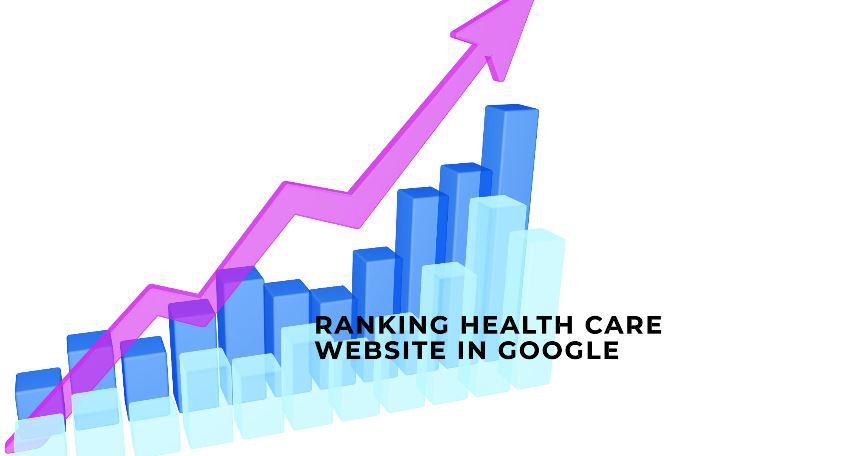Patients rely heavily on online searches for health care providers, to schedule appointments and obtain information. A strong search engine optimization, or SEO, strategy ensures that patients will find your hospital, practice or healthcare company when searching for its services.
However, healthcare SEO can be an intricate and challenging field. Here are five tips for ranking your health care website in 2024.
1. Focus Keywords
Healthcare organizations looking to rank high in search engine results should prioritize specific keywords that attract potential patients and increase visibility. They should also optimize their website for local searches by providing accurate location, timings and contact details on all pages of their site.
Healthcare marketers should follow the EAT and YMYL guidelines when crafting content. EAT content refers to high-quality, valuable and updated pieces designed to build authority and trustworthiness; on the other hand, YMYL pieces aim at moving problem-aware MOF leads into decision making stages. In addition, healthcare marketers should leverage AI technology as part of their research and content production process in order to produce unique and authentic pieces – one way of doing this would be ChatGPT which offers initial research as well as content creation features for marketers!
2. Optimize Your Website
An effective website is crucial to healthcare organizations, not only because it makes an excellent first impression with potential patients but also because it assists in making health-related decisions easier for patients. Unfortunately, an unprofessional online presence may deter prospective patients before even setting foot into your office – its poor design can create negative perceptions and lead them to question the quality of care provided.
2024 health care websites must be optimized for voice searches and emerging technologies like augmented and virtual reality, to reach a broader audience and improve outcomes. Augmented and virtual reality technology can assist patients with understanding complex procedures while increasing compliance to treatment plans while increasing overall patient engagement. By optimizing websites for such technologies, healthcare organizations can reach wider audiences while improving outcomes.
Healthcare organizations should recognize the significance of employing an SSL certificate when creating their websites, since this helps safeguard sensitive patient data by encrypting it – this reduces risks such as data breaches and unauthorized access – which is of particular significance in healthcare settings.
Health care websites must also be mobile-friendly as many users now search for healthcare services via their phones. By creating a site that’s mobile friendly, your content can reach more of these potential patients while improving user experience overall.
Webflow offers easy solutions for creating responsive websites with rich interactivity features and customizable customizations that match with the brand identity of healthcare sites. In addition, adaptive responsiveness ensures your healthcare website adapts automatically to different screen sizes while still offering usability and readability for readers and viewers.
CMS systems are essential for healthcare websites because they allow you to easily manage content and make updates yourself, cutting maintenance time and costs significantly while creating dynamic and engaging sites to reach healthcare marketing goals.
3. Focus on User Experience
User experience (UX) on healthcare websites continues to become more and more crucial, as patients seek high-quality information and an effortless online experience. A well-designed site builds credibility and builds trust with its audience, while poorly constructed ones can frustrate users and cause them to leave altogether.
Health organizations must prioritize UX when developing and designing their websites in 2024, which means incorporating features that make it easy for visitors to find the information and services they require without unnecessary frustration or bounce rates. Simple navigation involves clear layouts and menu structures which allow patients and caregivers to access relevant content easily without becoming frustrated – this reduces bounce rates while increasing engagement rates.
Healthcare consumers have come to expect a seamless digital experience in healthcare services and this trend is expected to continue into 2024. A 2022 Kyrus patient access journey report indicates that those who use easy-to-use online booking options tend to be more satisfied with their experiences than those without such options.
Health organizations must also prioritize optimizing their websites for mobile devices, local SEO and search engine optimization (SEO). By prioritizing these aspects of site performance, healthcare websites can reach and serve their audiences effectively.
Search engine optimization (SEO) allows healthcare websites to remain visible in search engines and connect with patients actively searching for care. The process entails content creation, keyword research and making sure search engines can crawl and index the site properly; also responsive design which ensures compatibility across devices and screen sizes; plus SEO analytics help monitor progress and enhance overall website quality.




